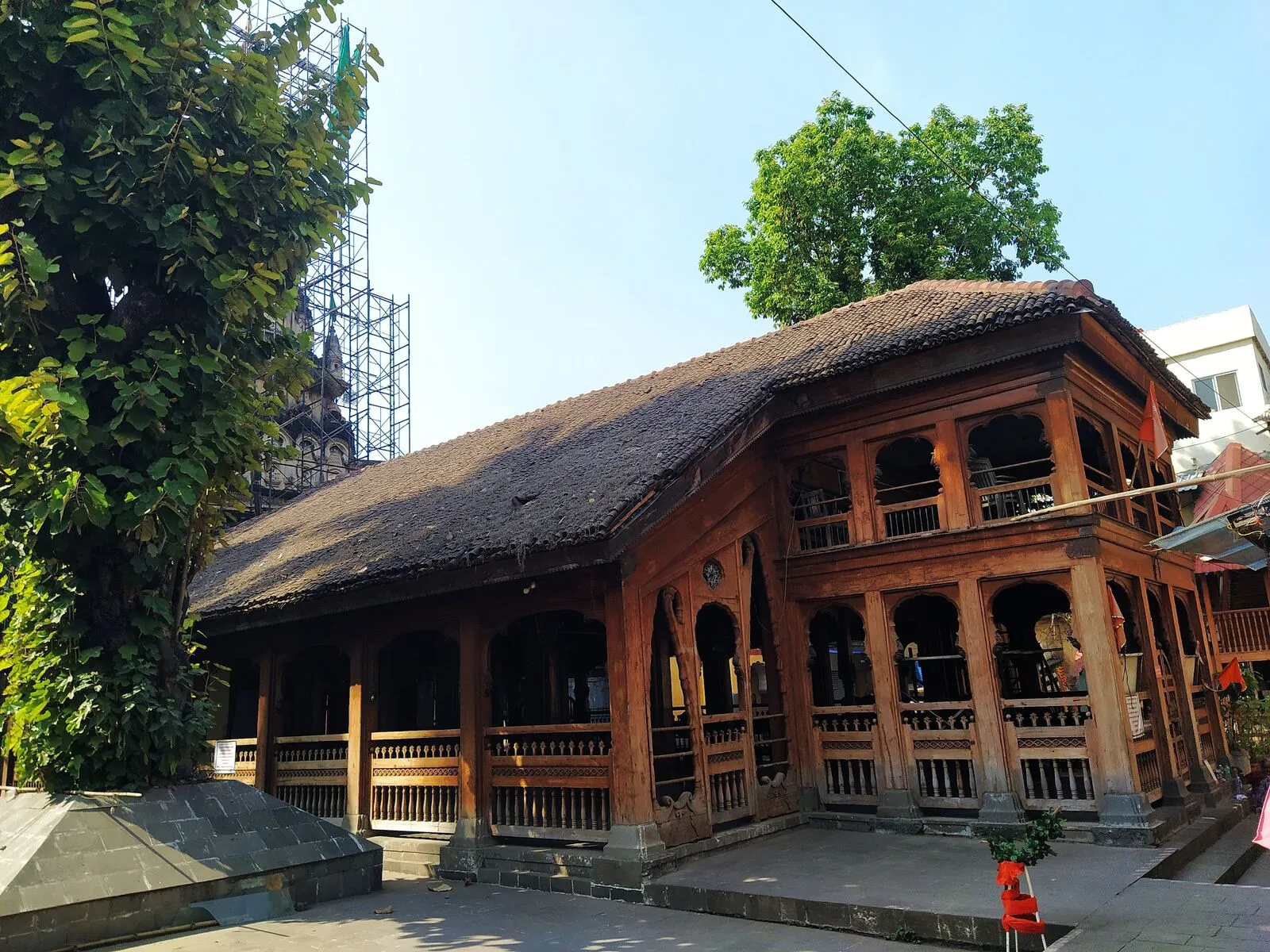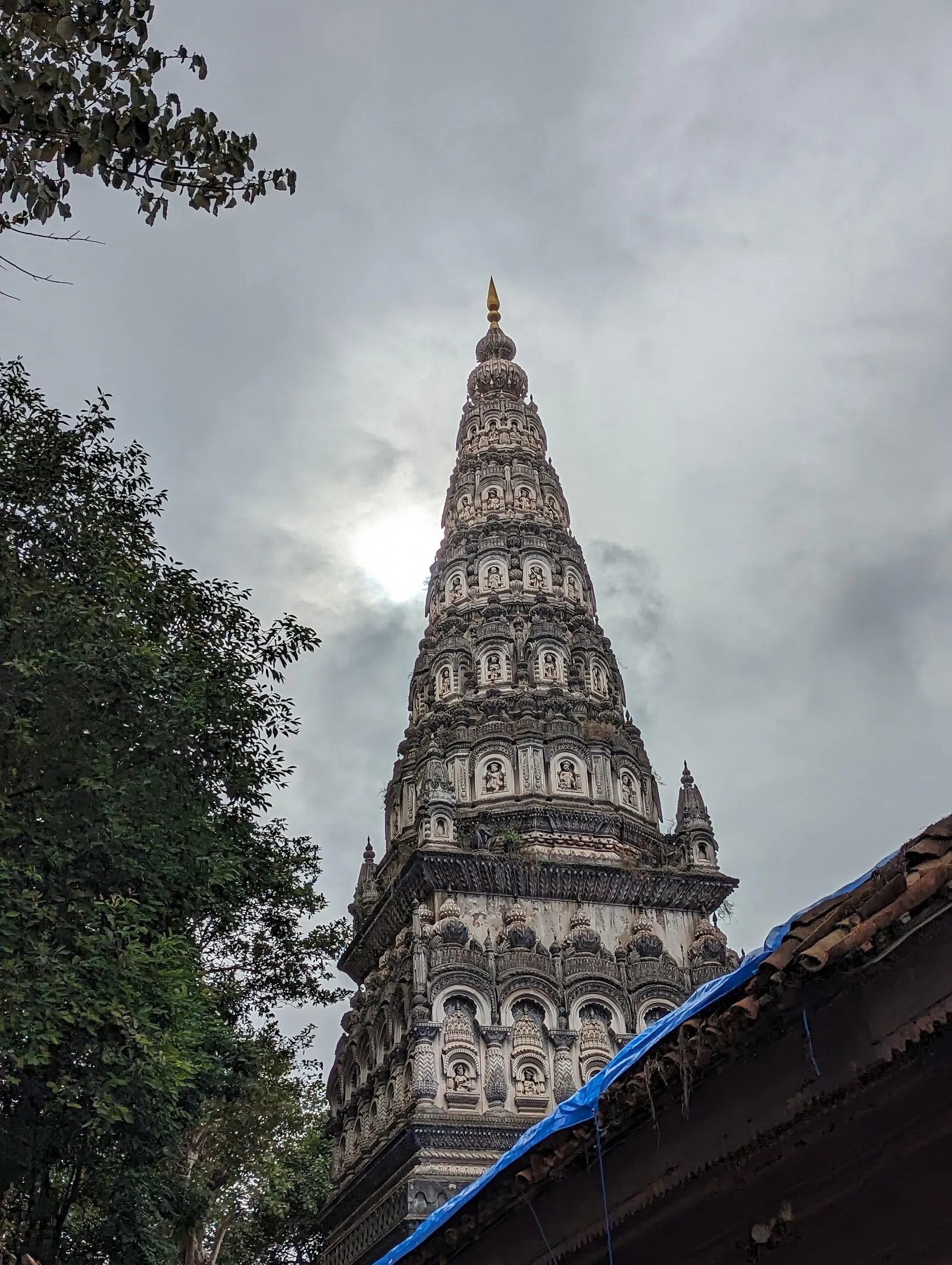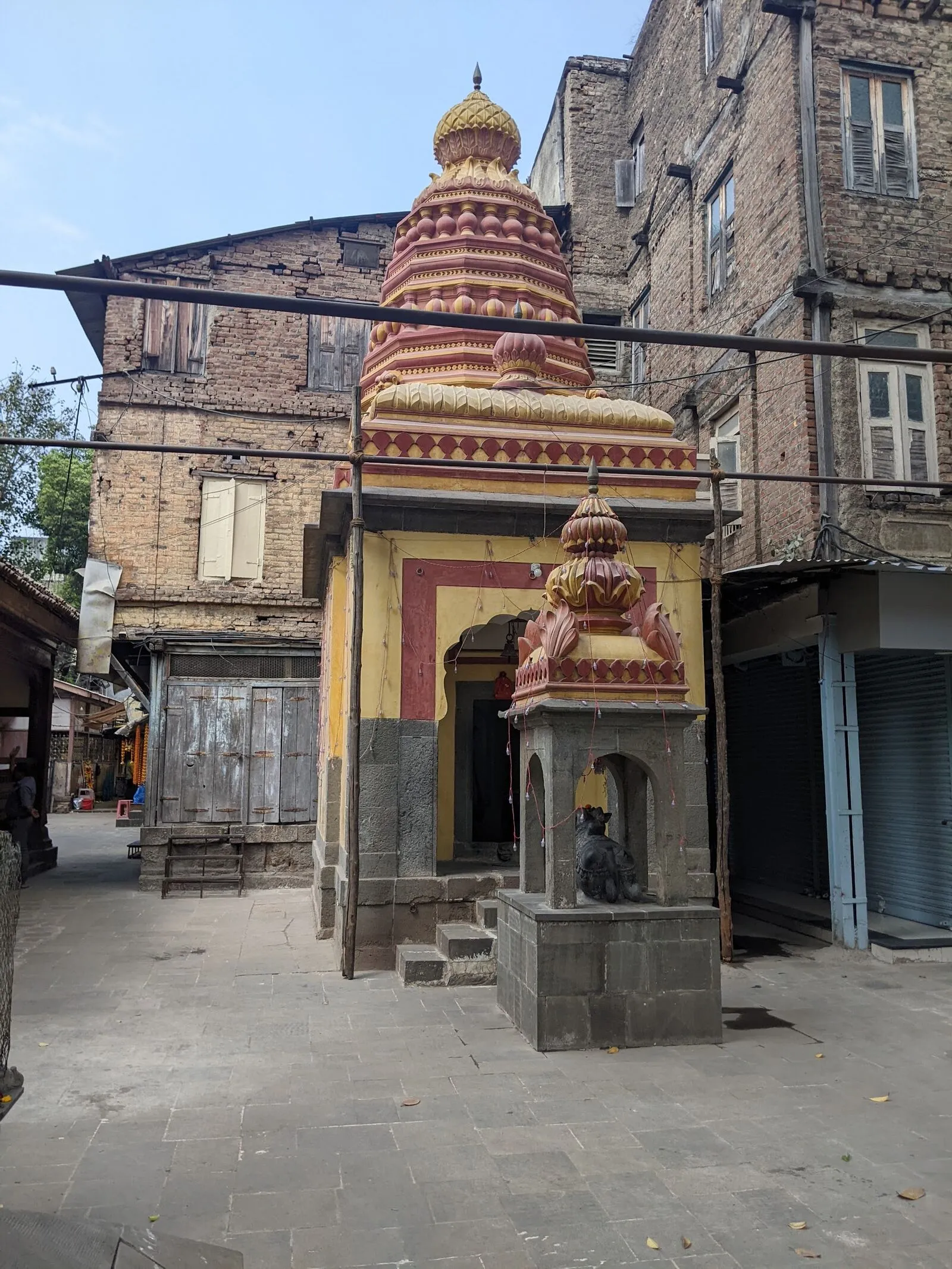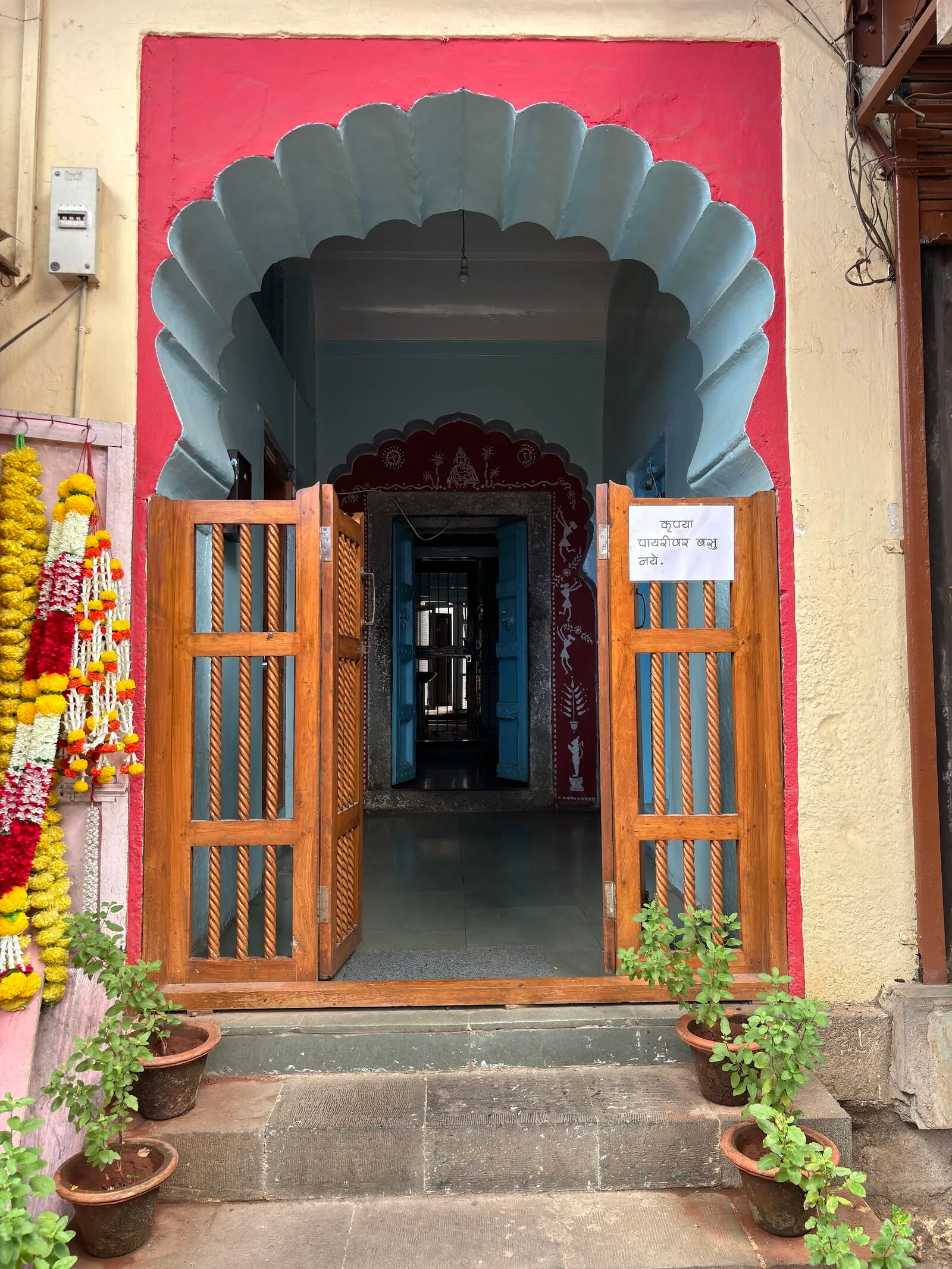Visit Tulshibaug Ram Temple in Pune: A Spiritual Guide
Share this article
Find peace at Tulshibaug Shri Ram Temple, a historic hidden gem in Pune's busy market. Experience devotion and architecture.
Nestled amidst the vibrant, sometimes chaotic, heart of Pune's famous Tulshibaug market lies a sanctuary of peace and devotion: the Tulshibaug Shri Ram temple. Located specifically at 103, Tulshibaug Internal Rd, Jilbya Maruti Mandal, Tulshibaug, in the Budhwar Peth area, this historic Hindu temple offers a stark and beautiful contrast to its bustling surroundings, acting as a serene oasis for devotees and visitors alike.
Dating back to 1761, the temple holds significant historical weight. It was commissioned by Naro Appaji Khire, the then Subhedar of Pune, shortly after the devastating Maratha defeat at the Third Battle of Panipat. The construction, which continued for several years, culminating around 1795, was intended not only as a place of worship but also as a symbol of resilience and a means to uplift the spirits of the people. Over the centuries, the temple has evolved, with notable additions like the impressive 22.2-meter-high shikhara (temple tower) in 1884, which was once the tallest in Maharashtra, further enhancing its architectural grandeur.
The primary reason to visit is undoubtedly the profound sense of peace and spirituality it offers. Stepping through the relatively unassuming entrance from the market immediately transports you into a different realm. The temple complex is celebrated for its beautiful traditional Maratha architecture, particularly the exquisite wooden carvings that adorn its structure. The main sanctum is home to lovingly crafted idols of Lord Ram, Goddess Sita, and Lord Lakshman, while separate shrines are dedicated to deities like Lord Hanuman, Lord Ganesh, and Lord Shiva, allowing for a comprehensive spiritual experience. The vibrant celebration of festivals like Ram Navami draws thousands of devotees, showcasing the temple's continued importance in the city's cultural and religious life.
While the temple itself is a haven, navigating the lively Tulshibaug market to reach it is part of the experience. The market is renowned for traditional Maharashtrian items, clothing, brassware, and bustling street food stalls. When visiting, be prepared for crowds, especially during peak shopping hours. Travel tip: Keep an eye out for the temple's entrance hidden within the market lanes. The best time to visit for tranquility is usually early morning or late evening, avoiding the midday rush of both shoppers and devotees. Exploring the surrounding market after your temple visit can offer a taste of local life and cuisine, from traditional snacks to sweets.
Considering the climate, Pune's winter (October to February) is the most pleasant season for visits, with mild temperatures perfect for exploring. Summer (March to May) can be quite hot, making early or late day visits preferable. The monsoon season (June to September) brings rain, which might affect the market lanes but adds a unique charm to the surroundings. If you're keen on exploring more historical and cultural sites nearby, Shaniwar Wada, the seat of the Peshwa rulers, and the iconic Dagdusheth Halwai Ganpati Temple (though also in a busy area) are within relatively easy reach, offering complementary insights into Pune's rich heritage. Despite the market's energy, the Tulshibaug Shri Ram temple remains a must-visit for anyone seeking a blend of history, architecture, and spiritual calm in the heart of Pune.
LOCAL HIGHLIGHTS
Main Sanctum
Houses the principal deities of Lord Ram, Goddess Sita, and Lord Lakshman, beautifully sculpted and adorned.
💡 Spend a few moments here in quiet contemplation or prayer.
Lord Hanuman Shrine
A separate shrine dedicated to Lord Hanuman, an important figure in the Ramayana epic.
💡 Devotees often offer oil or specific prayers here.
Peshwa-era Wooden Architecture
Admire the intricate wooden carvings and traditional design elements throughout the temple complex.
💡 Look closely at the pillars and ceilings for detailed artistry.
The Shikhara (Temple Tower)
The impressive, towering structure added in 1884, visible from parts of the surrounding market.
💡 Step outside into the courtyard to get a good view of its height and detail.
Peaceful Courtyard
The open space within the temple complex provides a quiet retreat from the surrounding market noise.
💡 Take a break here to soak in the calm atmosphere before or after visiting the shrines.
Shrines for Ganesh and Shiva
Smaller dedicated areas within the complex for Lord Ganesh and Lord Shiva.
💡 Ensure you visit these shrines to complete your temple tour.
TIMINGS





